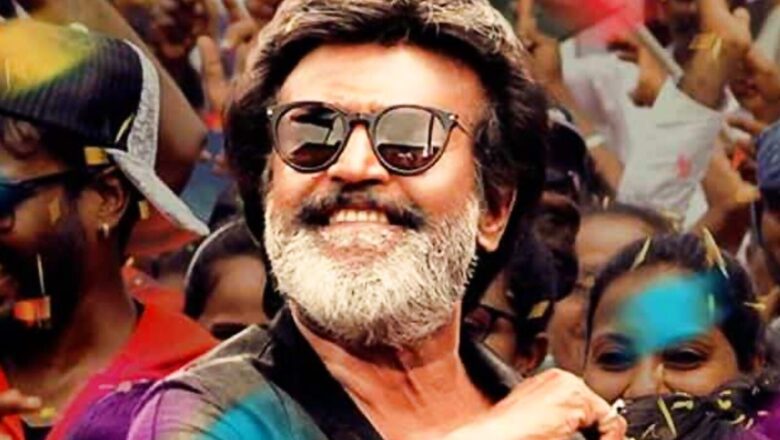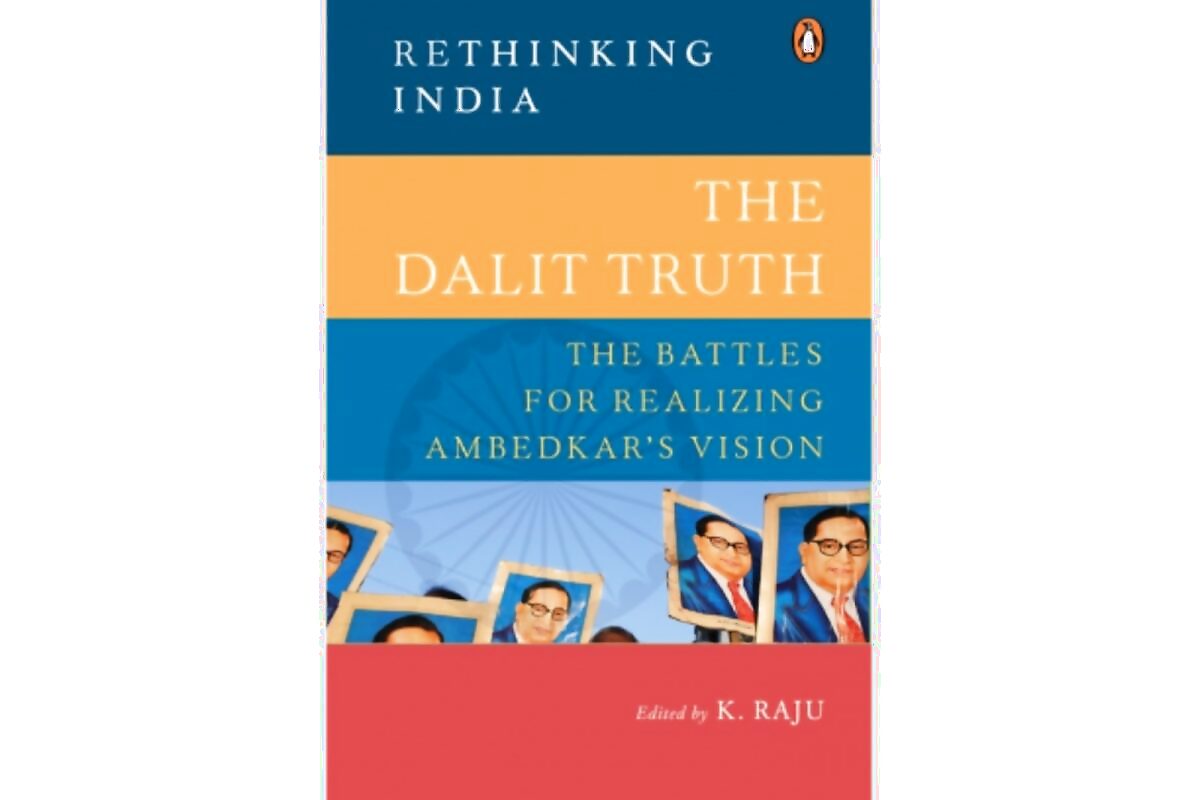
views
When I came to cinema, things had somewhat changed. This was largely due to the political changes brought in by Dalit assertion, and also because the films we made were true and resonant in a way that could not be refuted. So, we had an audience, comprising critical-minded Dalit youth and those from non-Dalit communities who were committed to an anti-caste worldview. The problem was that producers and distributors did not think that this emergent new audience could guarantee commercial success.
I would like to narrate here an incident that unfolded when I was filming my first venture, Attakathi. This was a film about teenage love. On the surface, it appears a comedy, but its background, that is the social context it features, has to do with Dalit lives and realities, and I had written the script in that manner. When I was looking to interest a producer in my story, I met one who was taken with it, and he agreed to support the film. We signed a contract and started filming with a totally new cast and technicians. For a while, things went smoothly, until the day when the crew was getting ready to shoot the protagonist’s ‘entry’ scene. The art director Ramalingam had got the hero’s home ready and in place.

Just then a person from the producer’s office came and told us that the filming had to stop. When we asked why, he said, ‘You’ve got a photograph of Ambedkar on a wall in the hero’s house. If you are to retain that picture, the producer is sure to incur a loss. The audience in Madurai will not countenance seeing Ambedkar thus. And the producer feels that if we do not anticipate the audience’s reaction and go ahead, chances are the audience will vandalize the screening theatre. So either you remove the photograph and continue filming or you stop filming.’
I was very upset and worried. My technicians exhorted me to give up on this shot and continue. I closed my eyes, begged pardon from Babasaheb and took off his photograph, and continued shooting the film. Since the on-location shoot was in villages where Dalits lived in large numbers, we finally did have Ambedkar in our footage—he was on every village wall, and there were umpteen statues everywhere. I also managed to fit in a scene which referenced beef-eating. In any case, once the film was done, the distributors were convinced that it would succeed commercially, its politics notwithstanding. So they agreed to distribute the film, and it did go on to do well, leaving both the producer and distributor with a measure of profit.
Also Read: Ambedkar Jayanti 2022: Why Young India Needs to Read and Know About Ambedkar
Riding on the commercial success of Attakathi, I went on to make Kabali and Kaala. The enthusiasm with which these films were received led me to production, and that was how I came to make Pariyerum Perumal and Irandam Ulagaporin Kadaisi Gundu. I was successful in both ventures and have demonstrated that Dalit life-worlds could be brought into mainstream cinema. I am not alone in this. Since the second decade of the twenty-first century, we have seen many such efforts across India. As I noted earlier, these efforts are more visible in south India than elsewhere (the Hindi film Masaan being an exception for the north).
Article 15, which came out in 2019, was viewed as a film featuring a Dalit theme, was commercially successful and also won critical attention. While the film was about the Dalits, it portrayed them in a usual manner—they are shown as not possessing the wherewithal to take on authority and power, and, as in earlier films, it is an upper-caste hero who is their saviour and who fights for them.
This film led to a great deal of discussion with regard to characterization and storytelling, and raised issues having to do with the politics of Dalit representation, which is something to be welcomed. In south India, it is evident that there is a generation of Dalit filmmakers who do not see the need to hide their identities and who openly declare who they are and tell their stories boldly. In Tamil Nadu, these filmmakers have forced a dialogue on the subject. That time has passed when it was thought that showing an Ambedkar picture in the hero’s house might be the film’s ruin. In films made by directors whose social concerns are not in doubt, we find Ambedkar, his face uncovered and glittering.
At the same time, there are other issues that have cropped up. It has been claimed that in the name of narrating Dalit stories, attempts are being made to disturb public peace, and that to thus foreground Dalit lives is equally a form of casteism. In fact, a production company announced it would have nothing to do with such films and those who have scripts that have to do with these themes ought not to approach them! I also know that young assistant directors who worked with me and who wish to make their own films have found it hard to interest producers in their stories and fear that they are being ignored due to their being associated with me.
The important thing to keep in mind is this: we need Dalit cinema.
This excerpt from The Dalit Truth: The Battles for Realizing Ambedkar’s Vision, edited by K. Raju, has been published with the permission of Penguin Random House India. The views expressed are those of the author and do not represent the stand of this publication.
Read all the Latest Opinion News and Breaking News here




















Comments
0 comment